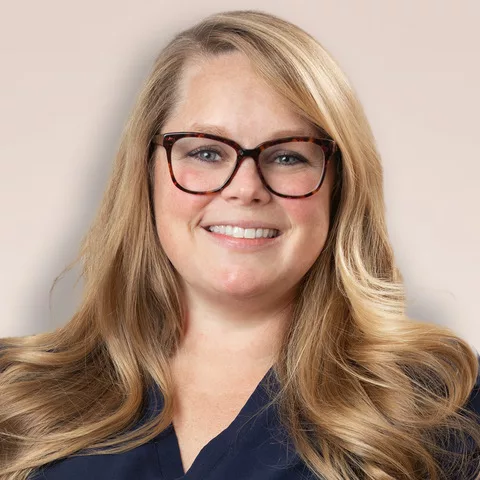Ganglion Cyst
OPA treats a wide variety of upper extremity conditions and offers comprehensive treatment options — including many non-surgical solutions.
What is a Ganglion Cyst?
The cause of ganglion cysts is not known. One theory suggests that trauma causes the tissue of the joint to break down, forming small cysts that then join into a larger, more obvious mass. The most likely theory involves a flaw in the joint capsule or tendon sheath that allows the joint tissue to bulge out.
Common Causes:
-
- Your sex and age. Ganglion cysts can develop in anyone, but they most commonly occur in women between the ages of 20 and 40.
- Osteoarthritis. People who have wear-and-tear arthritis in the finger joints closest to their fingernails are at higher risk of developing ganglion cysts near those joints.
- Joint or tendon injury. Joints or tendons that have been injured in the past are more likely to develop ganglion cysts.
Symptoms of a Ganglion Cyst may include:
-
- Location. Ganglion cysts most commonly develop along the tendons or joints of your wrists or hands.
- Shape and size. Ganglion cysts are round or oval and usually measure less than an inch (2.5 centimeters) in diameter. Some are so small that they can’t be felt. The size of a cyst can fluctuate, often getting larger when you use that joint for repetitive motions.
- Pain. Ganglion cysts usually are painless. But if a cyst presses on a nerve — even if the cyst is too small to form a noticeable lump — it can cause pain, tingling, numbness or muscle weakness.
When you arrive for your initial consultation, an Orthopedic Physicians Alaska (OPA) Hand Specialist will evaluate your areas of concern, discuss your symptoms, and develop a customized and comprehensive treatment plan tailored to your unique needs. This evaluation is a necessary part of diagnosing your condition and providing the best possible care.
When diagnosing a Ganglion Cyst, our experts will provide:
-
- A medical, injury, and symptom history review
- A physical examination
- Multiple view x-rays ( to rule out a fracture), MRI, CT Scan
Once an official diagnosis is made, a customized treatment plan is prescribed. Treatment plans decrease symptoms as quickly as possible.
Common Treatments:
Ganglion cysts are often painless, requiring no treatment. Dr. Ala may suggest a watch-and-wait approach. If the cyst is causing pain or interfering with joint movement, your doctor may recommend the following:
Immobilization
NSAIDs
Taken orally or applied topically to decrease inflammation and pain.
Physical Therapy
Aspiration:
If a ganglion cyst causes a great deal of pain or severely limits your day-to-day activities, Dr. Alal may drain fluid from the cyst using a procedure called aspiration. In this procedure, the surrounding area is numbed with a local anesthetic, and the cyst is punctured with a needle, so that fluid can be drained.
If nonsurgical options do not improve your symptoms, Our physician may recommend surgery. Surgery involves making a small incision to remove the ganglion cyst as well as part of its “root,” which is the part of the cyst that connects it to the joint or tendon sheath. Surgery is performed using regional anesthesia and does not require an overnight stay in the hospital.
Schedule Appointment with Our Hand | Wrist | Elbow Team
Questions?
The OPA team includes Alaska’s leading specialists and offers some of the latest, most advanced treatment procedures available today.
OPA treats a wide variety of conditions and offers comprehensive treatment options — including many non-surgical solutions, minimally invasive arthroscopies (repairs) and total joint replacement.













